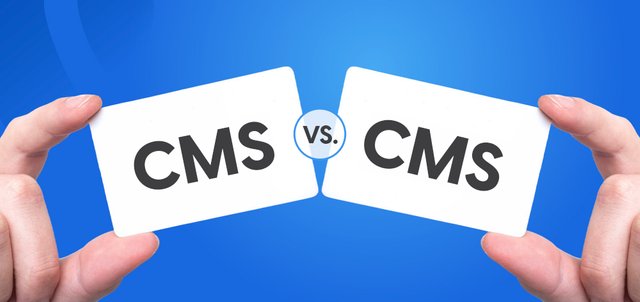CMS Face-Off: Finding the Best Platform for Your Business
CMS decisions can feel like a battle—WordPress, TYPO3, and others. But there’s a better way to find the best CMS for TYPO users . Let’s break it down.
Different Types of CMS
Classic CMS
Headless CMS
Mixed CMS
Factors to Keep in Mind When Choosing a CMS
1. Website Purpose
Understand: The type of website you’re building and the specific functionalities you need. Some CMS platforms are better suited for blogs, while others are tailored for complex websites or eCommerce.
2. Expertise Level of Your Team
Consider: Whether your team has the technical skills to manage a more complex headless CMS or if a simpler, traditional CMS is better suited.
3. Potential for Growth
Plan for Expansion: Ensure that the CMS can handle growth in terms of both traffic and content. A CMS that scales well with your business can save you time and effort in the long run.
4. Integration Capabilities
Look for Compatibility: Check if the CMS can easily integrate with your existing tools, such as email marketing systems, CRM platforms, or social media integrations.
5. Ease of Content Management
Evaluate: How simple the CMS is for content creators and administrators. A straightforward, intuitive interface can reduce training time and improve productivity.
Exploring Popular CMS Options
TYPO3
Strengths: Flexible, ideal for complex websites, with an active community and strong customization options.
Weaknesses: Can be overwhelming for beginners and requires more technical knowledge.
WordPress
Strengths: Extremely user-friendly, with a large range of themes and plugins, making it ideal for small to medium-sized websites.
Weaknesses: Can become slow if too many plugins are used, and security can be a concern without proper maintenance.
Joomla
Strengths: Highly versatile with good support for community-based websites, great for managing access and permissions.
Weaknesses: Fewer plugin options than WordPress, and the learning curve can be steeper than expected for newcomers.
Drupal
Strengths: Great for large, complex websites with high security needs, and offers extensive customization.
Weaknesses: Requires more technical knowledge, making it less user-friendly for those without a development background.
How to Choose the Right CMS for Your Website
Match Features to Your Business Goals: Select a CMS that meets your immediate needs and supports your long-term business objectives.
Plan for the Future: Ensure that the CMS you choose can scale with your business as it grows and offers support and updates to keep up with evolving needs.
Test Before You Commit: Take advantage of free trials or demo versions to explore different CMS options and see which one fits best with your website goals.
Conclusion
Selecting the right CMS is essential for managing your website effectively and supporting its growth. By evaluating your business needs, the skill level of your team, and the scalability of the platform, you can make an informed choice. Testing different CMS platforms helps ensure you choose the one that will best serve your website’s needs in the long run.
